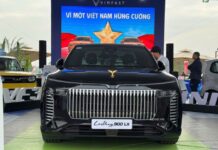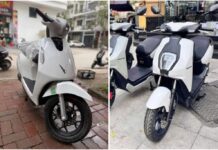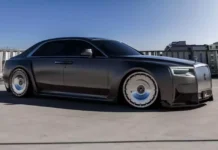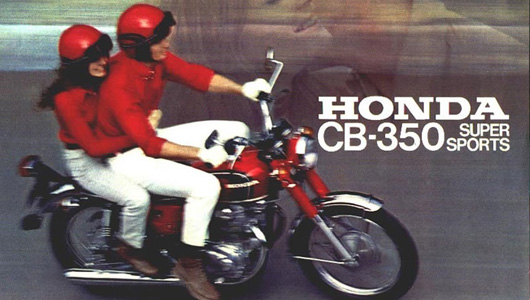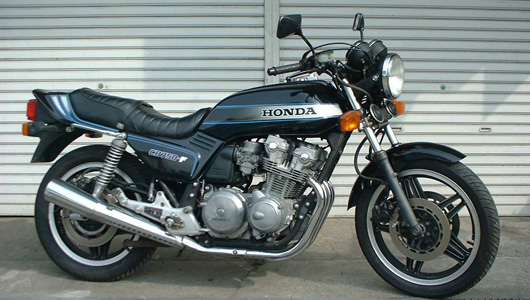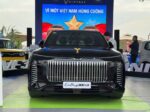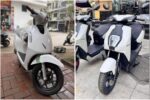Honda, the car and motorcycle brand, has become familiar to Vietnamese people for a long time, but few know the full history of this world-renowned motorcycle manufacturer.
First step in producing large-displacement motorcycles
After the successful start with affordable motorcycles, Honda continued its company’s leap by entering the foreign market with large-displacement motorcycles.
1959 marked Honda’s first step into the American market, seemingly a good land for Honda when they had the best-selling models (with 30 million motorcycles sold up to this point). Those motorcycles were so well-made that even after 25 years, the C50, C70, and C90s only had cosmetic changes to make them look more modern.
In the same year of 1959, Honda introduced the C72 Dream 250cc in Amsterdam. It was the first Japanese motorcycle showcased in Europe. The motorcycle surprised visitors with its new features: reinforced steel frame, front dual shocks, OHC aluminum engine with electric start system.
At that time in the UK, people were limited to ride motorcycles with engine capacity not exceeding 250cc, so motorcycle enthusiasts still wanted to ride the fastest motorcycles within the allowed range. And the C72 was such a motorcycle, it easily reached speeds of 80mph (130km/h) while consuming only 4 liters of fuel per 100km.
Since its founding, S.Honda wanted the Honda brand to participate in racing, and they have been present at over 100 races around the world. The lessons from creating high-performance machines are the basis for developing improvements for future commercial motorcycles.
Developing fast and powerful motorcycles
In 1962, Hondells recorded the song “Little Honda,” and Honda officially entered American music culture from that song. The C77 305cc was the next improved version, a true sports motorcycle with a power output of up to 28.5 horsepower.
In 1965, with a desire to conquer new markets, Honda officially entered the large-displacement motorcycle market with its first product, the CB450 with 43 horsepower. The motorcycle had a twin engine, DOHC dual cams, and a “torsion bar valve springs” system (a power-assisted system that helps valves open and close faster). Those improvements helped the motorcycle easily reach speeds of 167 km/h. However, even with significant changes, the number of CB450 motorcycles sold on the market was still relatively low.
In 1968, Honda officially discontinued the production of the CB72 and CB77 models and replaced them with a new generation: the CB250 and CB350 motorcycles capable of reaching speeds of 170km/h.
At the 1968 Tokyo Show, after months of preparation, Honda introduced a concept motorcycle that completely changed the world of sports motorcycles. It was a motorcycle with a 750cc 4-cylinder engine, and it was the first appearance of disc brakes. The CB750F motorcycle was the largest motorcycle in Japan at that time.
In April 1969, Honda satisfied fans by officially producing the CB750F motorcycle. With perfect operating features, the motorcycle reached a speed of 192km/h, which was the highest speed a motorcycle could achieve on the road at that time.
Thao Anh (According to PL&XH/Source: Compilation)

